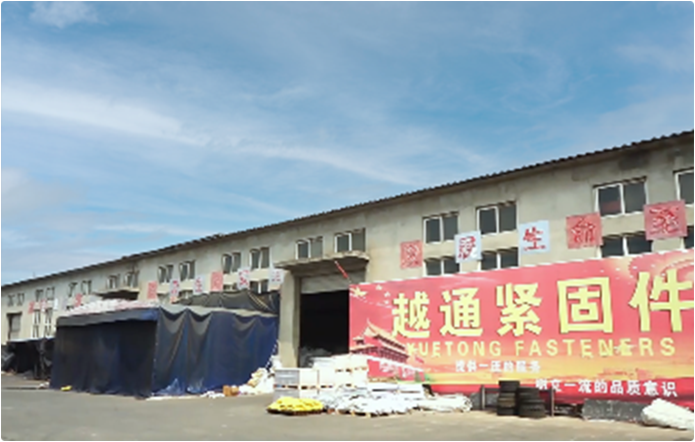Dec . 31, 2024 16:01 Back to list
Innovative Solutions for Chemical Anchor Rod Applications in Modern Construction Techniques
Understanding Chemical Anchor Rods A Comprehensive Guide
Chemical anchor rods are essential components in modern construction and engineering, known for their strength, durability, and versatility. Utilizing a chemical adhesive, these rods offer superior bonding capabilities, making them ideal for various applications, from structural support in buildings to anchoring heavy machinery. This article delves into the composition, installation procedures, and advantages of chemical anchor rods, providing a comprehensive understanding for engineers, contractors, and DIY enthusiasts alike.
What are Chemical Anchor Rods?
Chemical anchor rods consist of a steel rod combined with a resin-based adhesive or chemical anchor. The adhesive, typically made from epoxy or polyurethane, is injected into a pre-drilled hole before the rod is inserted. The chemical reaction that ensues creates a robust bond between the rod and the surrounding material, such as concrete or masonry. This method provides a high load-bearing capacity and is particularly effective in situations where mechanical anchors might not offer adequate support.
Advantages of Chemical Anchor Rods
One of the primary advantages of chemical anchor rods is their ability to form a secure bond in varied conditions. Unlike traditional mechanical anchors, which rely on friction and can be prone to failure under significant loads, chemical anchors distribute stress more evenly. This capability makes them ideal for use in seismic zones or areas subjected to heavy environmental forces.
Moreover, chemical anchor rods can be used in damp or moist conditions where mechanical anchoring methods might not be viable. The chemical adhesive used is generally resistant to water and can cure even in less-than-ideal environments. This attribute broadens the applicability of chemical anchor rods to aquatic settings or areas with fluctuating moisture levels.
Installation Process
The installation of chemical anchor rods requires careful consideration to ensure optimal performance
. The following steps outline a typical installation processchemical anchor rod

1. Preparation Select the appropriate size and type of chemical anchor rod based on the project's specifications. Ensure that the substrate is clean and free of debris.
2. Drilling Use a hammer drill to create a hole in the concrete or masonry. The diameter and depth of the hole should be compatible with the specifications of the anchor rod chosen.
3. Cleaning Once drilled, the hole must be cleaned thoroughly to remove dust and debris. This step is crucial as any contaminants can weaken the bond.
4. Injecting Adhesive Depending on the product, either fill the hole with the chemical adhesive or inject it using a dual-chamber cartridge. Ensure the hole is adequately filled to avoid air pockets.
5. Inserting the Rod Immediately insert the chemical anchor rod into the adhesive-filled hole, twisting it slightly to ensure good contact with the resin.
6. Curing Allow the adhesive to cure as per the manufacturer's recommendations before applying any loads. This curing time is typically a few hours to a day, depending on environmental conditions.
Conclusion
Chemical anchor rods have revolutionized the anchoring process in construction, offering unparalleled strength and versatility. Their ability to provide a secure connection in challenging conditions makes them invaluable for a wide range of applications. Whether you are a seasoned engineer or a DIY enthusiast, understanding the benefits and installation process of chemical anchor rods will enhance your project's integrity and safety. As construction methods advance, these innovative anchoring solutions continue to solidify their place at the forefront of engineering practices, paving the way for stronger, more reliable structures.


